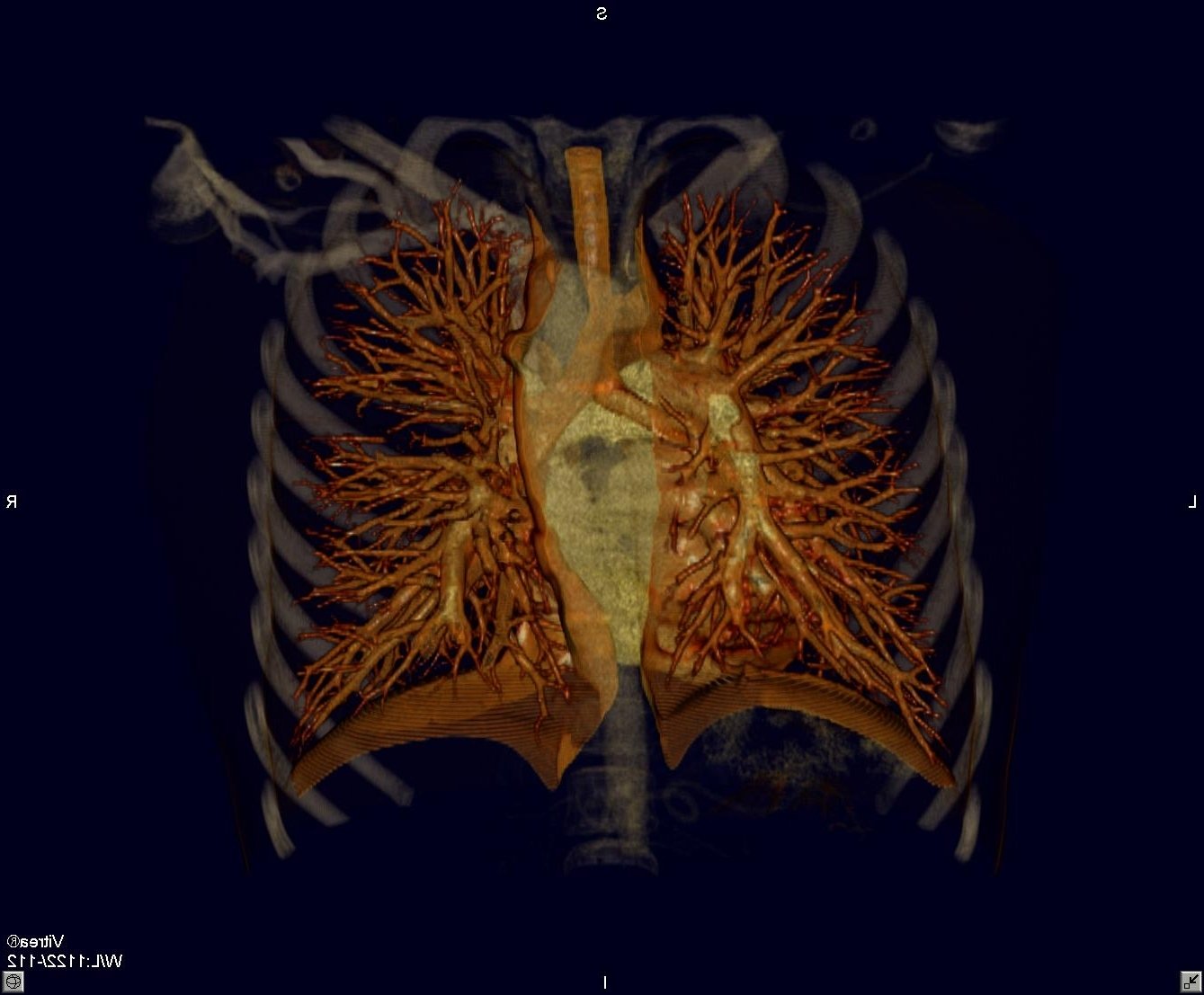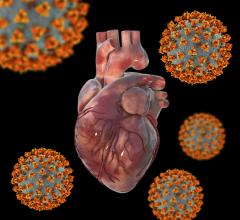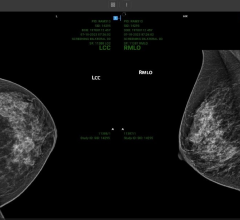
March 26, 2015 — The ECRI Institute’s Health Technology Assessment service released a new report examining the possible role of computer-aided detection in low-dose computed tomography (LDCT) screening for lung cancer. The following is excerpted from the report:
According to a long-term study, screening with low-dose helical computed tomography (LDCT) resulted in a 15 to 20 percent lower risk of dying from lung cancer than screening with standard chest x-ray. Study authors also reported that after three rounds of screening, on average, 24.2 percent of LDCT screens and 6.9 percent of chest X-rays were positive, which led to additional testing. Authors also reported that certain types of lung cancer were detected more often at the earliest stage by LDCT (adenocarcinomas and squamous cell carcinomas) than by chest X-ray.
LDCT uses a lower dose of X-ray radiation than conventional CT imaging.
After these data were published, several professional specialty societies updated their clinical guidelines on lung cancer screening. Generally, these guidelines recommend annual LDCT screening for smokers and former smokers (who have quit within the last 15 years) aged 55 to 74 years (two groups advise through 79 to 80 years) with more than 30 pack-years of smoking history.
The term computer-aided detection (CADe) is increasingly used to distinguish computer-aided detection products from computer-aided diagnosis (CADx). CADe is intended to use data analysis capabilities (i.e., combining values, measurements or features extracted from the patient radiologic data) to act as a second reader after initial radiologist reading. CADx would theoretically identify all lesions automatically (i.e., before radiologist review), estimate the probability of a specific disease, severity and stage by analyzing the lesion, and allow a radiologist to focus only on the areas identified by the software without having to evaluate the entire image.
Clinical guidelines recommend LDCT to screen high-risk patients for lung cancer; however, they are silent on enhancing LDCT with CADe systems. Some manufacturers report that the slow initial adoption is unlikely to change without extra reimbursement or new clinical data showing that CADe improves outcomes or cost-effectiveness of LDCT. Over time, more radiologists might adopt software that automatically tracks changes to radiologist-identified lung nodules to facilitate lung cancer screening. However, that assumption would depend on ultimate patient demand for LDCT screening.
Before July 2012, the U.S. Food and Drug Administration (FDA) required companies to submit marketing applications for CADe software products under its premarket approval (PMA) application process. FDA granted Siemens AD a PMA for its syngo LungCAD product in October 2006. Since the change, FDA has not granted 510(k) marketing clearance to any software products that fully meet its definition of CADe (automatically identifying suspect lung nodules for radiologist review, i.e., second reader mode).
Few data are available to evaluate the potential effect of adding CADe to LDCT in lung cancer screening programs. Several professional societies recommend LDCT lung cancer screening for certain older smokers and former smokers at highest risk of developing lung cancer. However, these guidelines generally do not address the addition of CADe to LDCT.
Implementing CADe capability to a CT system could cost up to $65,000, which is small relative to the overall cost of a CT system. Adding CADe to LDCT exams would likely lead to only a modest increase in data storage requirement.
Additional reimbursement for adding CADe to LDCT exams is unlikely from third-party payers.
For more information: www.ecri.org


 April 23, 2024
April 23, 2024 








